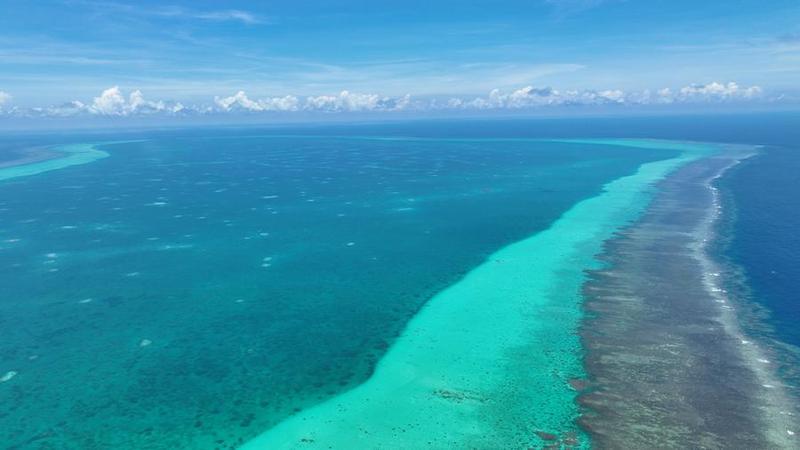Banyan – An Indo-Pacific club builds heft
W HEN AMERICA , Australia, India and Japan met in 2007 for a “quadrilateral dialogue” on security matters, many bet the new grouping would fizzle, despite acquiring the much snappier title of “the Quad”. Once non-aligned India, still suspicious of anything that smacked of an alliance, was non-committal, but in the end it was Australia, discomfited by China’s prickly reaction, that was the first to break ranks. What has changed, says Kevin Rudd, a former prime minister of Australia, is that President Xi Jinping has since “fundamentally altered the landscape” by projecting Chinese power across Asia and the Pacific.
And so, since 2017, the Quad is back. All four members have seen their relationship with China deteriorate. Chinese incursions around islands that Japan controls but that China claims in the East China Sea have grown ever more frequent and forceful. Australia faces Chinese restrictions on all manner of exports, from punchy Barossa Shirazes to coking coal, following its call for an independent inquiry into the origins of the coronavirus pandemic. Indian and Chinese troops have been locked in a high-altitude border stand-off since the spring, resulting in the first fatal clashes in 45 years.
Last month, in Tokyo, foreign ministers from the Quad met for the second time. The public statements are anodyne. Who could object to a “free, open, prosperous, rules-based and inclusive Indo-Pacific”? Behind the bromides, though, the spectre of China and its growing muscle is obvious.
Defence ties are strengthening fast among the four countries. This week their navies came together for the second phase of India’s annual “Malabar” exercises—Australia’s after a 13-year absence. In principle, the exercises have nothing to do with the Quad. In practice, they mark growing naval priorities among the four. Submarine-hunting drills were prominent. Chinese subs are extending their reach into the Indian Ocean.
Malabar is just the start. America and India have signed agreements on logistical support, encrypted communications and the exchange of geospatial intelligence, such as secret maps. America, Australia and Japan are all preparing to operate America’s new F -35 fighter jet, allowing better integration among their forces. On November 17th Scott Morrison, Australia’s prime minister, agreed to a defence pact with his Japanese counterpart, Suga Yoshihide, facilitating joint operations. Even India is “veering towards some sort of an alliance relationship” with the Quad countries, says Gurpreet Khurana, an Indian naval officer and think-tanker.
The Quad does not convince everyone. Nick Bisley of La Trobe University in Melbourne says the emphasis on a “free and open Indo-Pacific” papers over big differences between the two halves of that vast region. In the western Pacific, China is challenging the longtime hegemon, the United States. In the Indian Ocean, the problem is not strong states but weak ones. Other critics say the Quad is too exclusive a club.
The Quad’s defenders retort that it embodies the grammar of modern diplomacy. It is a compact bloc, rather than a sprawling multilateral organisation. Yet it is capable of broadening its agenda, from disaster relief to cyber-security to ensuring supply chains for critical minerals. And it is suitably elastic, for instance embracing New Zealand, South Korea and Vietnam during the early weeks of the pandemic to discuss economic recovery. Advisers to President-elect Joe Biden have suggested that his administration will emphasise the formation of flexible coalitions of the willing on different issues, including pushing back against China. That fits with the Quad’s catholic interests.
Tanvi Madan of the Brookings Institution in Washington predicts that, in security terms, the Quad countries will do “a lot of the heavy lifting in Asia”. But even Mr Rudd, a supporter of the Quad, warns that anyone who thinks that these powers can ever be coequals to America “has got rocks in their head”. This week America’s navy secretary, Kenneth Braithwaite, called for a new American fleet based in the Indian Ocean, akin to the Seventh Fleet in Japan.












